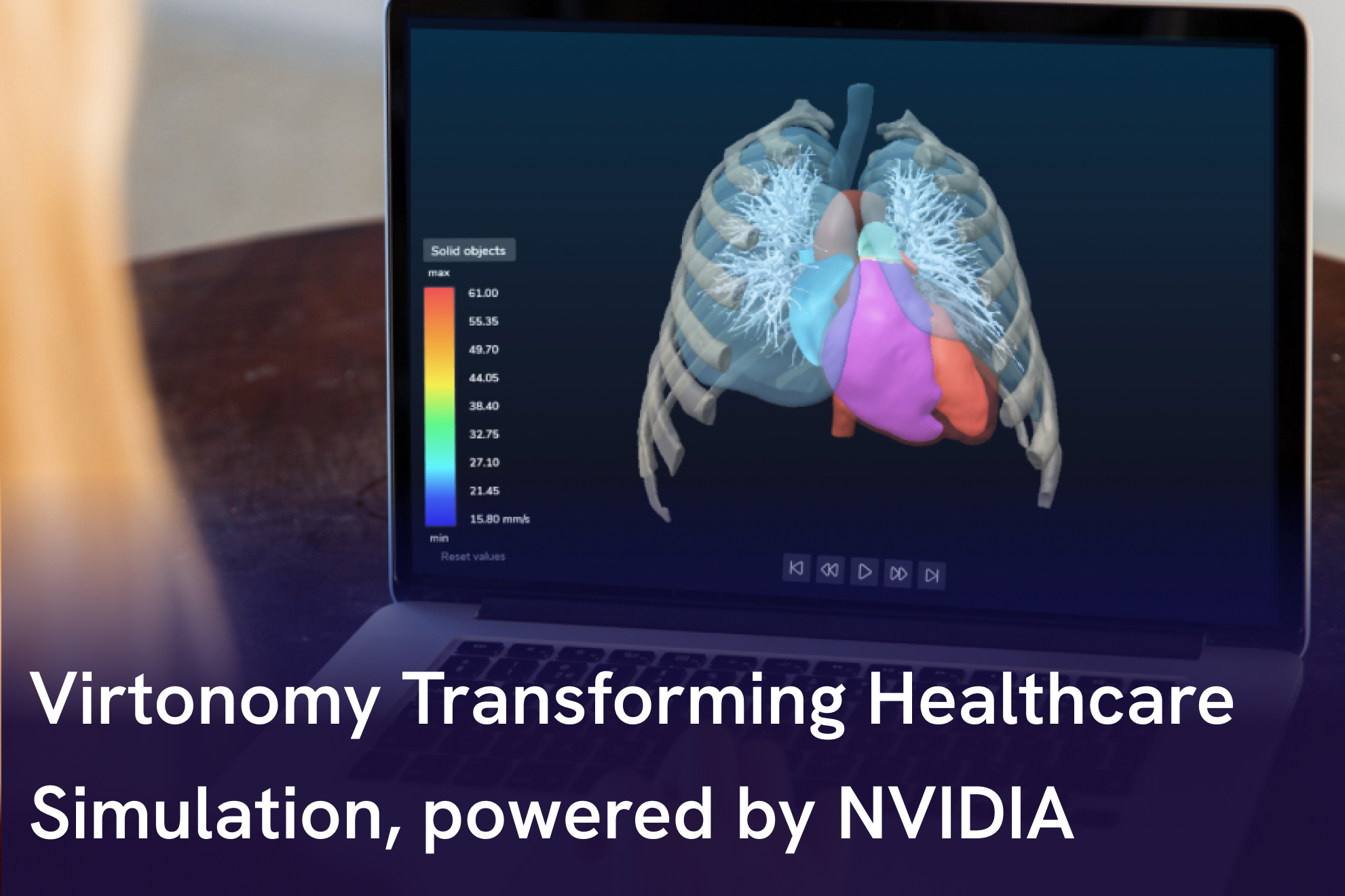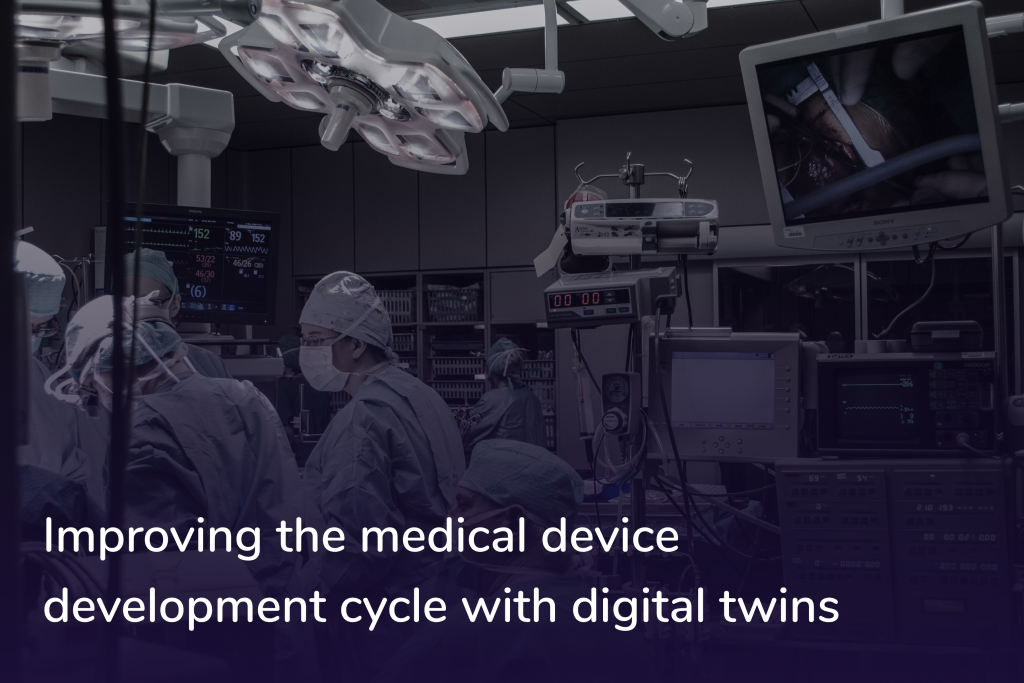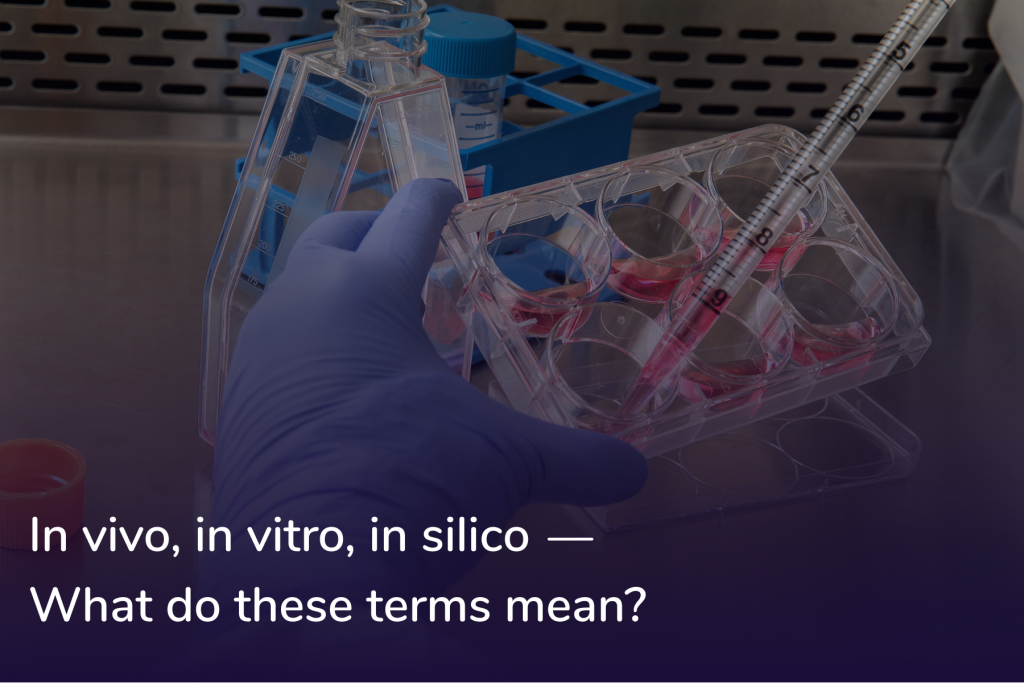The medical device industry faces many challenges and pressures to reduce development timelines, cut costs and navigate complex regulatory pathways. Traditional development approaches rely heavily on animal testing and extensive clinical trials – processes that can take years to complete and many iteration loops due to failed trials. With new, in silico methods, such as digital twins, medical simulations and computer modeling, medical device developers can compress what once took years into weeks, and validate designs before starting clinical trials. This acceleration is not just a technical milestone; it will directly advance the reduction of animal studies and speed up human clinical trials.
At Virtonomy, our mission is to revolutionize medical device development by making advanced simulations and digital patient models easily available. By integrating real clinical data with simulation technologies, we enable medical device manufacturers to validate device designs, predict performance, and support regulatory submission in a fraction of the traditional time, dramatically reducing development time, costs, and reliance on animal and human trials.
While digital twins and computer simulations have existed for years, the computational demands have often made them too slow for real-world development timelines, delaying adoption in medical device development industry. However, NVIDIA accelerated computing and AI platforms change this drastically by making it possible to simulate complex medical scenarios with unprecedented speed and accuracy.
We are excited to announce our collaboration with NVIDIA, a leader in accelerated computing and AI, to enhance our AI and simulation capabilities further, and enable us to deliver advanced simulations faster.
Enhancing Medical Simulation Performance with NVIDIA AI infrastructure
The computational demands of high-fidelity medical simulations have in the past limited their practical application in device development workflows. Complex fluid dynamics calculations, such as those modeling blood flow through coronary arteries, require enormous computational resources.
By leveraging NVIDIA AI infrastructure, we have significantly improved the performance of e.g., our coronary biomedical simulations.
The FDA nozzle validation benchmark is a critical step for ensuring our coronary simulation models accurately capture complex flow dynamics under clinical conditions. By adopting this standard test case, we can compare performance across different hardware platforms.
Leveraging NVIDIA L40S GPU on EC2 g6e instances, we achieved dramatic acceleration—running low-resolution simulations over 200% faster than the 64-core AMD Threadripper PRO CPU and pushing that speed up to nearly 650% at high resolution. This level of performance gain not only highlights the L40S’s parallel processing strengths but also significantly shortens our overall modeling time, enabling faster iteration and more detailed studies without sacrificing accuracy. As illustrated in the chart below, the GPU advantage grows steadily from left (low resolution) to right (high resolution), making it the obvious choice for scaling our simulations.

Regulatory Approval in Three Weeks
These improvements translate directly to practical benefits for our clients. For instance, a client faced a critical delay: missing data on long-term fatigue safety for an innovative cardiac implant blocked First-in-Human study approval. Traditional physical testing would have required six months – too late for a patient with acute heart failure.
Virtonomy intervened by replacing physical testing with high-fidelity in silico fatigue simulations. Leveraging NVIDIA accelerated computing platforms, we replicated real-world load scenarios using clinical datasets and biomechanical modeling. GPU acceleration enabled us to compress simulation and validation workflows into just three weeks.
The fully documented results met regulatory standards and were accepted by the BfArM. The implant received approval for clinical use – demonstrating how NVIDIA AI infrastructure transforms regulatory timelines and patient access to life-saving interventions. As Dr. Maximilian Kütting, Director R&D New Valve Technology and a long-term Virtonomy client, notes: “Understanding patient anatomies and optimizing anatomical fit directly impacts the fate of development projects. Virtonomy’s combined expertise in specific pathologies, device/patient interactions and state of the art therapy options is tremendously valuable for anyone looking to create or optimize cardiovascular technologies.” His perspective underscores how faster, high-fidelity medical simulations directly contribute to better patient-specific outcomes and more confident design decisions.
Understanding patient anatomies and optimizing anatomical fit directly impacts the fate of development projects. Virtonomy’s combined expertise in specific pathologies, device/patient interactions and state of the art therapy options is tremendously valuable for anyone looking to create or optimize cardiovascular technologies.
Dr. Maximilian Kütting, Director R&D New Valve Technology
More AI Anatomical Computation Based on NVIDIA AI infrastructure
Virtonomy offers one of the world’s largest curated cardiovascular datasets with comprehensive clinical annotations. Leveraging NVIDIA AI infrastructure, Virtonomy has developed numerous AI pipelines tailored to meet the needs of medical device manufacturers conducting anatomical studies. These pipelines enable high-precision segmentation of detailed heart structures, landmark detection, automated measurements, and statistical shape modeling. Our upcoming clinical application is built on these advanced pipelines and NVIDIA AI infrastructure, delivering coronary artery segmentation and analysis in just under 15 minutes.
Features in our software benefiting from NVIDIA AI infrastructure:
- High-precision segmentation of detailed heart structures – from CT scans to accurate and highly-precise 3D patient models
- Landmark detection – detecting important landmarks on the model such as different apexes, points, centerlines, and valve annuli
- Automated measurements – calculating accurate distances, angles, and other measurements important to interpret the anatomy and make informed decisions about device design
- Statistical shape modeling – creating models of shape variation of a particular anatomy within a patient cohort, and tuning the shape in real-time
- Clinical app – coronary segmentation tool, enabling clinicians to evaluate stent size and placement based on stenosis and FFR
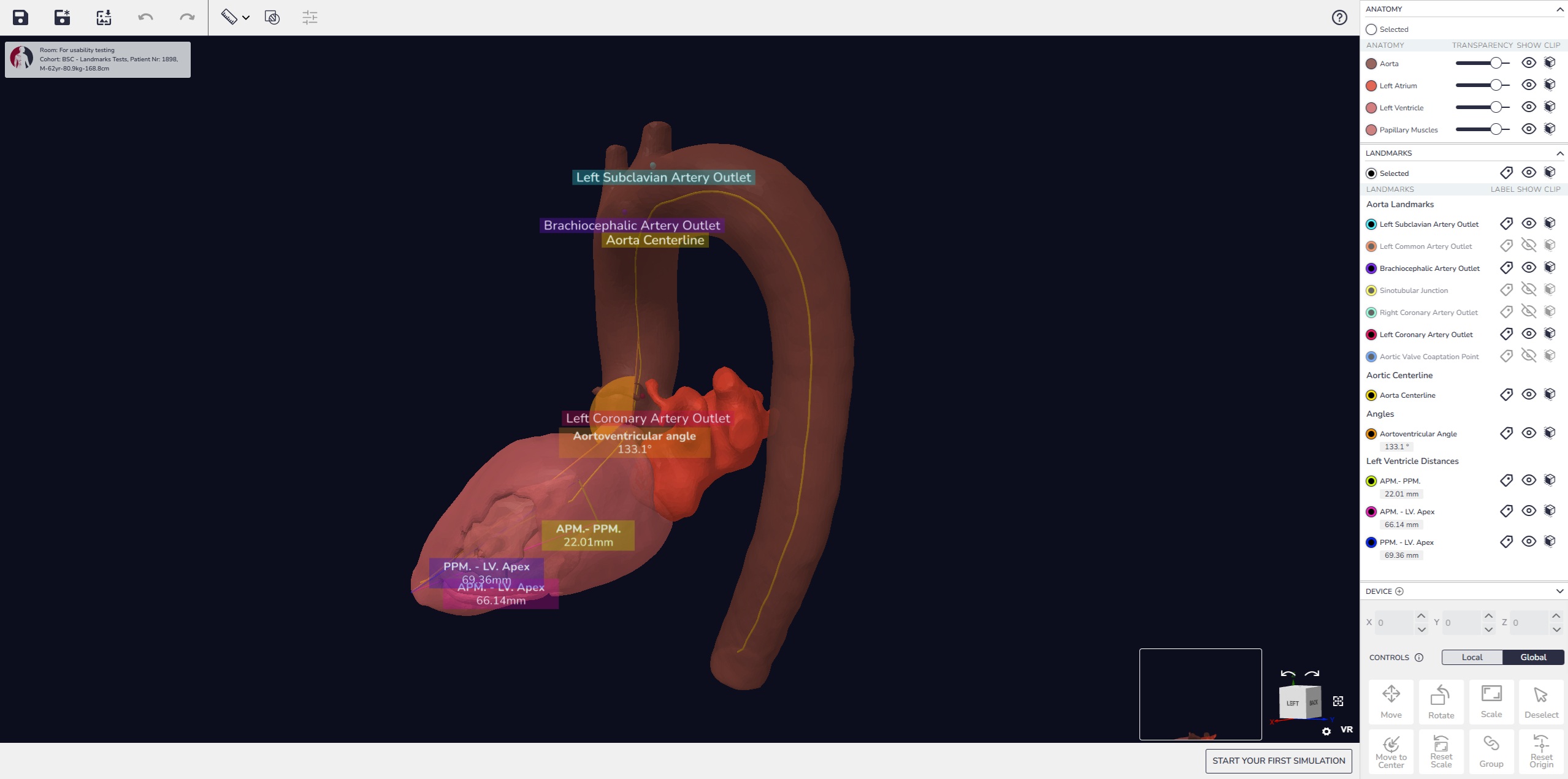
Statistical Shape Models and Shape Model Tuning

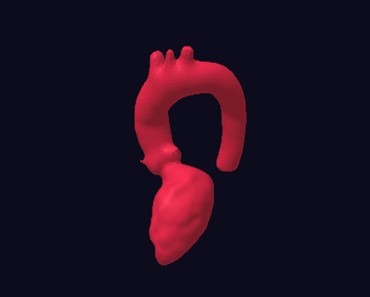




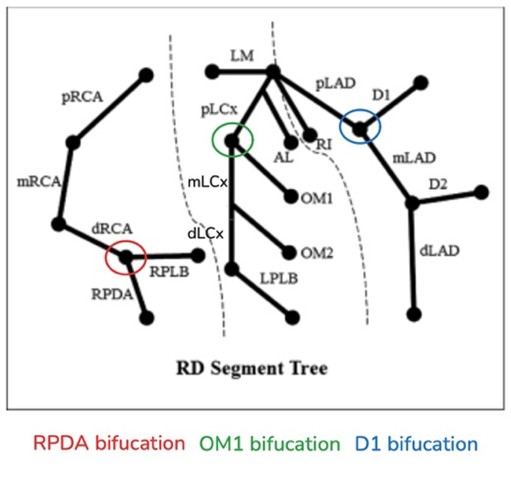
Fig.3 Statistical shape model tuning (Aorta and Left Ventricle) on the Virtonomy v-Patients platform (Top). 4 different statistical shape models based on different patient cohorts (Middle). Statistical shape model tuning (Bifurcations on coronary arteries) on the Virtonomy v-Patients platform (Bottom).
Advancing Regulatory Science with In Silico Trials and Medical Simulations
The regulatory landscape for medical devices is increasingly embracing in silico evidence as a complement to traditional clinical trials. The FDA’s recent guidance on computational modeling and simulation, along with similar initiatives from the European Commission, recognizes the potential for validated virtual evidence to support regulatory submissions.
Our NVIDIA-powered simulation platform generates the high-fidelity, validated evidence that regulatory bodies require. By providing comprehensive virtual testing across diverse patient populations and use scenarios, device manufacturers were able to demonstrate device safety and efficacy with greater confidence while reducing reliance on extensive physical trials.
Integrating with NVIDIA Omniverse
NVIDIA Omniverse libraries allow us to build comprehensive digital twin environments for developing and testing simulations for AI training, product design and validation. By integrating our digital patient models into this platform, we can simulate surgical procedures, device interactions, and physiological responses in a virtual setting. This integration facilitates the training of surgical robots and the validation of medical devices in a controlled, risk-free environment.
Looking Ahead
This collaboration marks a significant step toward the future of medical device development. By combining Virtonomy’s expertise in digital patient modeling with NVIDIA AI infrastructure, we are poised to accelerate innovation in healthcare, improve patient outcomes, and reduce the time and cost associated with bringing new medical devices to market. As in silico methods become standard practice, we anticipate accelerated development cycles, more personalized medical devices, and broader access to advanced healthcare technologies.
Stay tuned for more updates as we continue to explore the possibilities of this collaboration and share our progress in transforming healthcare through advanced simulation technologies.
For more information about our digital patient solutions, visit Virtonomy’s website. To learn more about NVIDIA healthcare simulation initiatives, explore NVIDIA Isaac for Healthcare.


